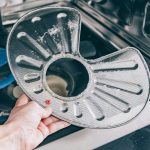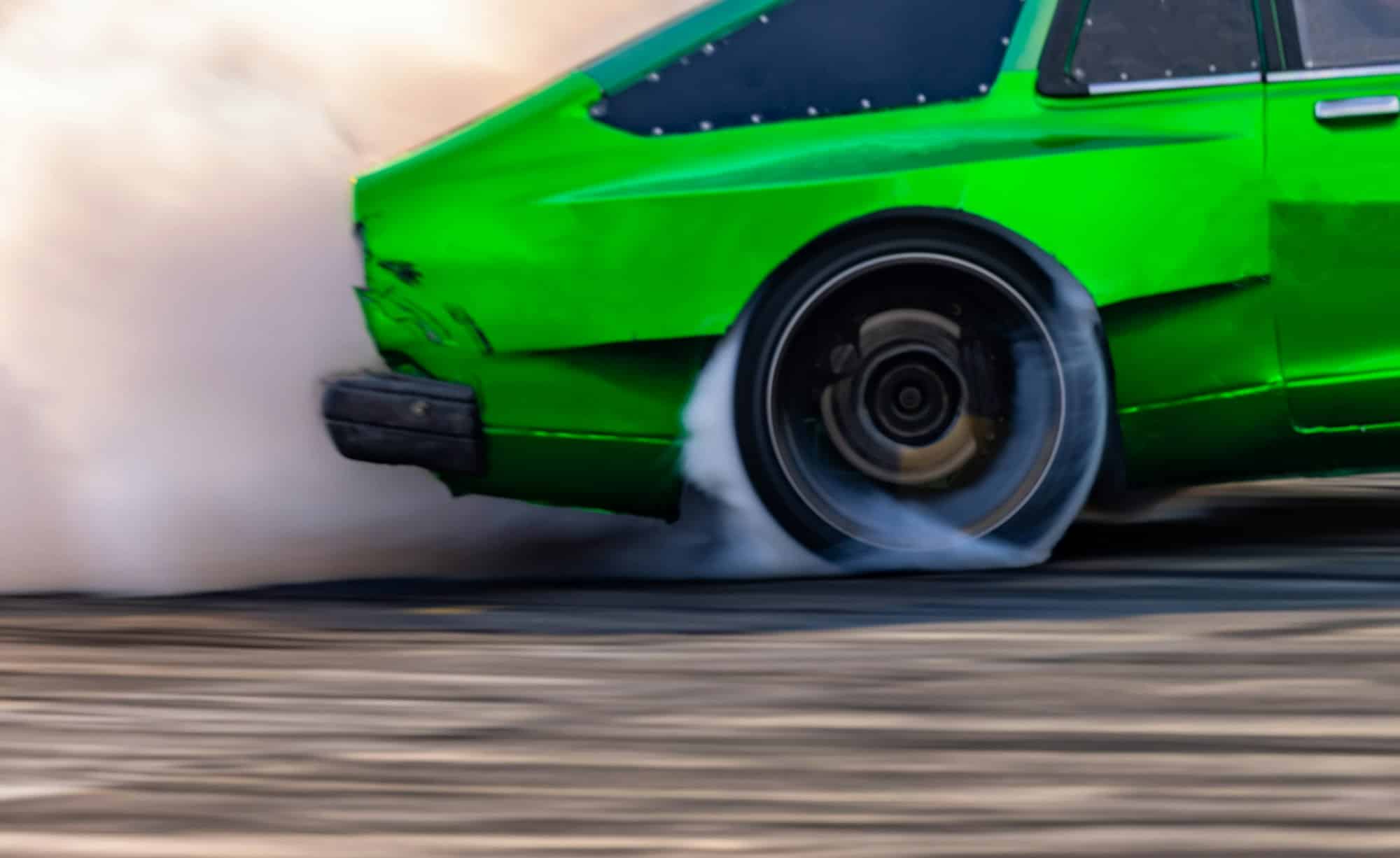As enthusiasts of motor sports, the adrenaline rush and sheer joy that comes with drifting are unparalleled. Drifting is not just about making a car skid; it’s a test of control, precision and timing. It’s about making a car dance on the edge of physics, pushing it to its limits while maintaining control. However, to achieve this, you must first set up your car correctly.
This article is a comprehensive guide to configuring your UK car for optimal drifting performance. It covers the necessary modifications, safety measures, and legal requirements. We will discuss top manufacturers like BMW and their bespoke drift series, explore the role of the engine and rear in drifting, and share insights on how professional drift drivers set up their cars for a race day on the track.
In parallel : How can you identify and repair suspension system wear in UK vehicles?
Understanding the Art of Drifting
Before diving into the technical aspects of setting up your car for drifting, it’s crucial to understand what drifting entails. Drifting is a driving technique where the driver intentionally oversteers, causing the rear wheels or all tires to lose traction, while maintaining control all through the corner.
Contrary to the common perception, drifting is not about racing for speed but about showcasing skill and style. It is one of the few motor sports where judges decide the winner based on line, angle, speed, and style rather than time.
In the same genre : How can you safely replace the spark plugs in a UK car equipped with an aluminum engine head?
Choosing the Right Car for Drifting
When it comes to drifting, not all cars are created equal. Rear-wheel drive (RWD) cars are the top choice for drifting, as they allow the rear of the car to slide out when the throttle is applied mid-corner.
BMW cars, particularly from the 3 series, are a favourite among drifters. Their near-perfect weight distribution, powerful engine performance, and rear-wheel drive configuration make them ideal for drifting. The good news is, you can find used BMW 3 series cars at a reasonable price in the UK market.
Essential Car Modifications for Drifting
Once you’ve chosen the right car, the next step is to make some key modifications to enhance its drifting performance. Remember, the aim is to improve control and stability when the car is in a drift.
Suspension upgrades are crucial for a drift car. A great set of coilovers will provide the firmness you need for improved control. Next, consider engine modifications. Increasing horsepower will ensure you have enough power to break traction and initiate a drift. You can achieve this through a larger throttle body, high-flow exhaust system, or a forced induction system depending on your budget.
Additionally, consider drift-specific tires that are durable and provide less grip than regular tires. Lastly, differential modifications are essential as they allow your car to maintain a drift by ensuring the rear wheels spin at the same rate.
Safety Measures and Legal Requirements for Drifting
While drifting is exhilarating, it’s vital to remember that safety should never be compromised. The first safety measure is to invest in a roll cage. In the event of a rollover, a roll cage will protect the car’s occupants.
Another essential safety feature is a racing seat and harness. These will keep you securely in place, allowing you to better control the car while drifting. Don’t forget a fire extinguisher. While fires are rare, they can occur, and it’s better to be safe than sorry.
On the legal front, it’s important to note that drifting on public roads in the UK is illegal. Always drift in designated areas or during approved events. If you wish to make your drift car road legal, you’ll need to ensure it meets all MOT standards. This includes having a full set of working lights, a horn, no sharp edges (i.e., from widebody kits), amongst other requirements.
Preparing for a Drift Day on the Track
As race day approaches, it’s critical to prepare your car to handle the rigours of drifting. Start by ensuring your car’s engine is in top shape. Change the oil, check the coolant, and ensure there are no leaks.
Remember, tires will wear out quickly during a drift. Bring several sets of tires to a drift day, and make sure your car’s alignment is correct. Misalignment can cause uneven tire wear and negatively affect your car’s handling.
Lastly, double-check your safety equipment. Make sure your seat and harness are securely fastened, your helmet is in good condition, and your fire extinguisher is within easy reach.
Gaining and Improving Drifting Skills
You’ve got your car set up and ready to drift, but the journey doesn’t end there. Drifting is a skill, and like any skill, it requires practice. Start by attending a drifting school or training day. Here, you’ll learn the basics of car control and drifting techniques under the watchful eyes of experienced instructors.
Practice is the key to improving your drifting skills. Spend as much time as you can on the track. Experiment with different techniques, learn from your mistakes, and don’t be afraid to push your limits.
To stay updated about the latest in drifting, follow motorsports news regularly. You can also learn a lot by watching professional drift driver’s experiences and techniques.
Remember, the aim of drifting is to have fun. Enjoy the process, strive for continuous improvement, and most importantly, always drive safely. Drift within your limits and respect others on the track.
The Role of the Engine and Rear End in Drifting
The engine and rear end of a drift car play a pivotal role in the drifting experience. The engine, being the powerhouse of the car, should have high horsepower to break the traction and initiate the drift. Usually, a larger throttle body or a high-flow exhaust system is used to achieve this. These modifications, while enhancing performance, should also be installed correctly to avoid altering the car’s balance.
Next, let’s talk about the rear end of the car, or more specifically, the rear-wheel drive. The rear-wheel drive configuration is a must for any drift car. This is because it allows the driver to slide the rear of the car by applying throttle mid-corner, a manoeuvre that is common in drifting. A limited-slip differential can further enhance the rear-wheel drive capability by ensuring that both rear wheels spin at the same rate. This allows the car to maintain a drift without losing control.
BMW, with their bespoke drift series, is renowned worldwide for manufacturing cars that naturally possess these features. The BMW competition series, for example, is a popular choice for drifters, thanks to its powerful engine and rear-wheel drive configuration.
The Importance of Drift Training and Continuous Improvement
Drifting is a high-speed sport that requires precision, control, and a whole lot of practice. Before you start drifting, consider enrolling in a drift training course. These courses are designed to teach you the basics of drifting, from initiating a drift to maintaining control throughout the manoeuvre.
Once you’ve mastered the basics, it’s time for continuous improvement. This involves practicing regularly, experimenting with different techniques, and learning from your mistakes. You can also enhance your skills by watching professional drifters in action. Photos and videos of them drifting can provide valuable insights into their techniques, timing, and control.
Furthermore, you could attend a race day to experience drifting at high speeds. This is a great way to test your skills, learn from other drifters, and get valuable feedback on your performance. Remember to always respect others on the track and drive within your limits.
Conclusion
Setting up a UK car for optimal drifting performance involves a mix of understanding the art of drifting, choosing the right car, making necessary modifications, and adhering to safety measures and legal requirements. Moreover, preparing your car for a drift day on the track and continuously improving your skills are essential to your drifting journey.
Remember that drifting is not just about high speed; it’s about showcasing style and skill. So whether you’re drifting in a BMW Competition series car or a second-hand Aston Martin, the most important thing is to enjoy the experience and always drive safely. Stay updated with car reviews, buyer guides and keep an eye on the latest in the motorsport world. The world of drifting is fast and furious, and with the right guidance, you’ll be able to perfect drift safely and legally. So continue reading, learning, and drifting!











